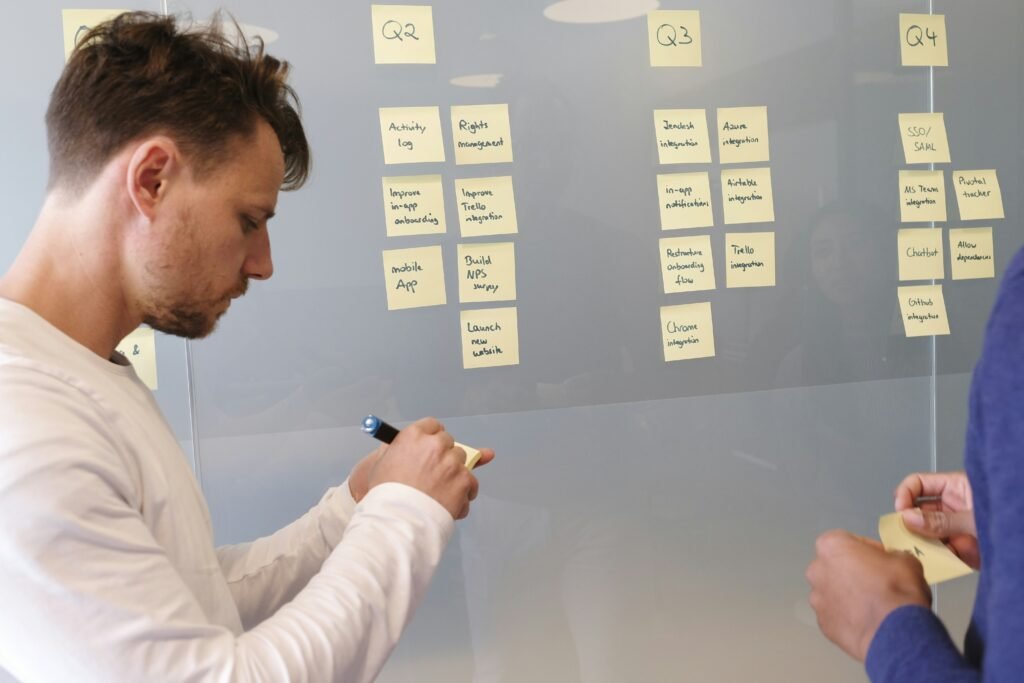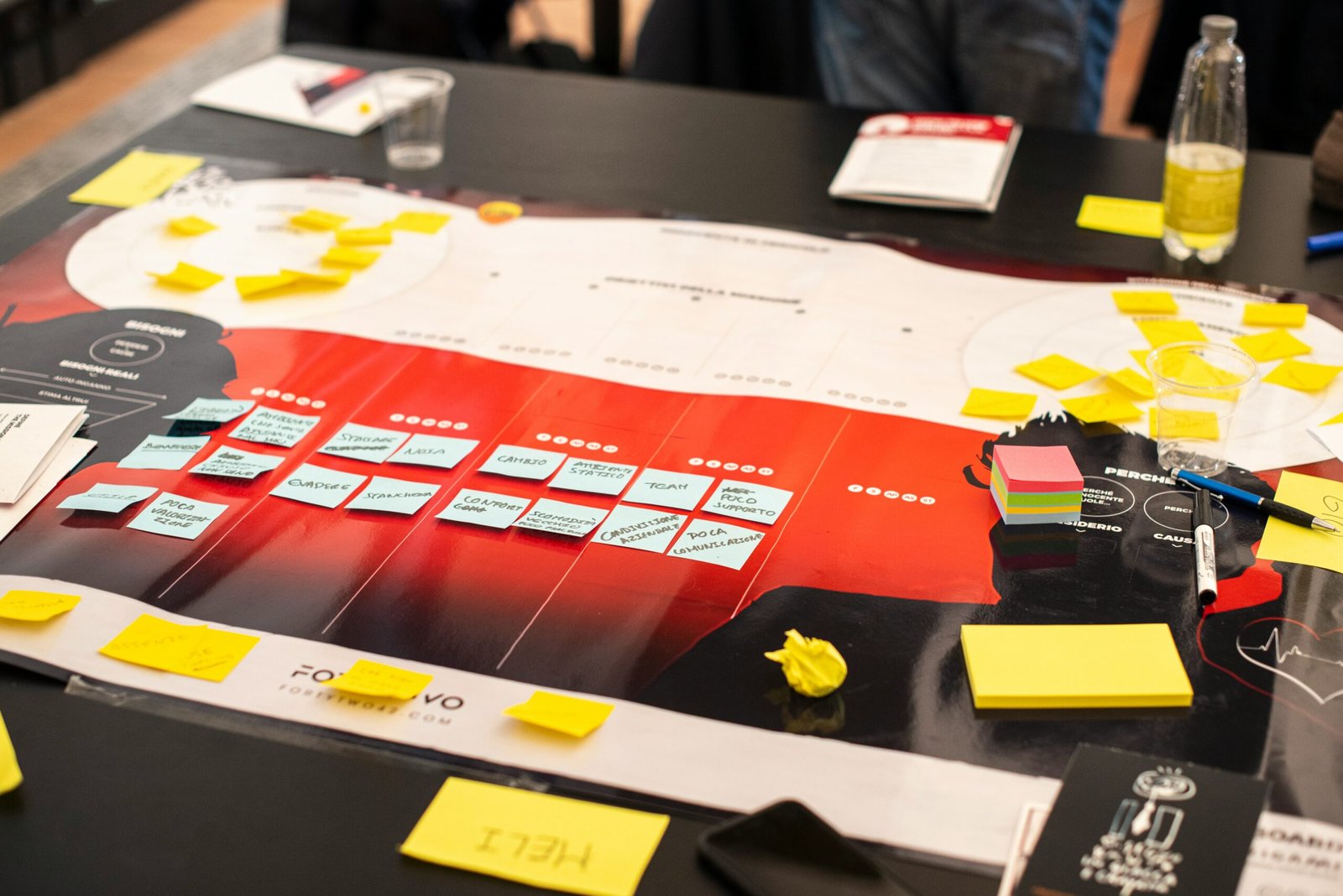

In today’s fast-paced digital world, location-based mobile applications—such as ride-hailing platforms, delivery apps, and travel guides—are in high demand. Building these apps is complex, requiring seamless GPS integration, real-time updates, and a flawless user experience. To meet these demands, development teams increasingly rely on Agile methodologies.
Agile provides a flexible, collaborative, and iterative approach to building mobile apps, ensuring faster delivery, higher quality, and better adaptability to market changes.

Unlike traditional software development models, Agile focuses on continuous improvement and customer feedback. This is crucial for location-based apps, where real-time performance, usability, and accuracy can determine success.
Key benefits of Agile for location-based app development include:
Agile divides the project into small, manageable iterations (sprints). This allows developers to deliver working features—such as map integration, location tracking, or navigation—early in the development process, reducing time-to-market.
Agile promotes close communication between developers, designers, and stakeholders. Using daily stand-ups, sprint reviews, and progress boards, teams stay aligned, ensuring app features meet user needs and business objectives.
Location-based apps rely heavily on GPS accuracy, performance, and security. Agile encourages regular testing in every sprint, which ensures fewer bugs and a more reliable app.
Location-based apps often need to evolve quickly, adding features like real-time tracking, geofencing, or AI-driven recommendations. Agile’s flexible structure makes it easy to adjust priorities and release updates faster.
Agile makes it simple to collect feedback from beta users and integrate improvements into the next sprint. This ensures user-centered design, which is essential for apps dependent on real-time location services. As location-based apps grow, they require integrations with third-party APIs, cloud servers, and payment systems. Agile methodologies ensure scalable development, so the app can handle new features and user growth without major rework.

September 18, 2024

May 8, 2025

November 2, 2024